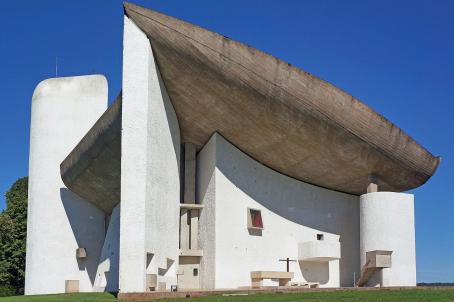Church of Saint-Maurice, Cirey
The St Maurice church of Cirey-les-Bellevaux was built in 1870, in place of a chapel belonging to the Cistercian abbey of Bellevaux. It was designed with a Greek cross-shaped plan, and is considered one of the most beautiful rural churches in France. In the 18th century pilgrims went there to venerate the relics of St Pierre de Tarentaise. In 1944, the church was damaged during a bombardment.
About this building
Built on the site of an old chapel dating from 1143 that belonged to the Cistercian abbey of Bellevaux, the St Maurice church of Cirey-lès-Bellevaux was built in 1772. The Church replaced a ruined chapel that had become too small. Inaugurated on January 1, 1780, the new church was designed in the shape of a Greek cross, which gives it remarkable acoustic properties. The clear harmony of the vaults, the apses with rounded corners and the bell tower make it one of the most beautiful rural churches in the region.
The cross vault is supported by pillars with Tuscan pilasters, with an architrave and cornice that surrounds the whole building. The sacristy, which extends the choir to the west, is served by a corridor that follows the curve of the apse.
In the middle of the eighteenth century, many pilgrimages were organized to venerate the relics of St Pierre de Tarentaise found in the church. On September 1944, after the Americans made their entrance into Cirey, the Germans bombed the city, damaging the roof of the church and its beautiful stained glass windows. In 1949, the church was renovated and in 1962, the bell tower was restored.
This remarkable building houses important 18th century furniture, altarpieces, paintings, and woodwork including stalls that come from the nearby Cistercian Abbey of Bellevaux.





